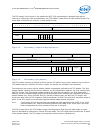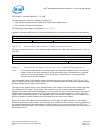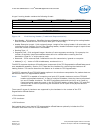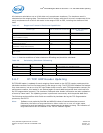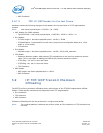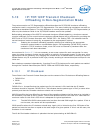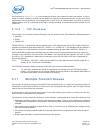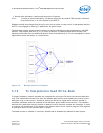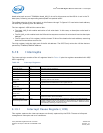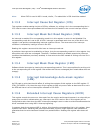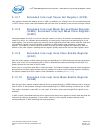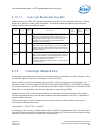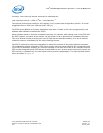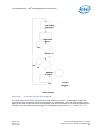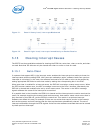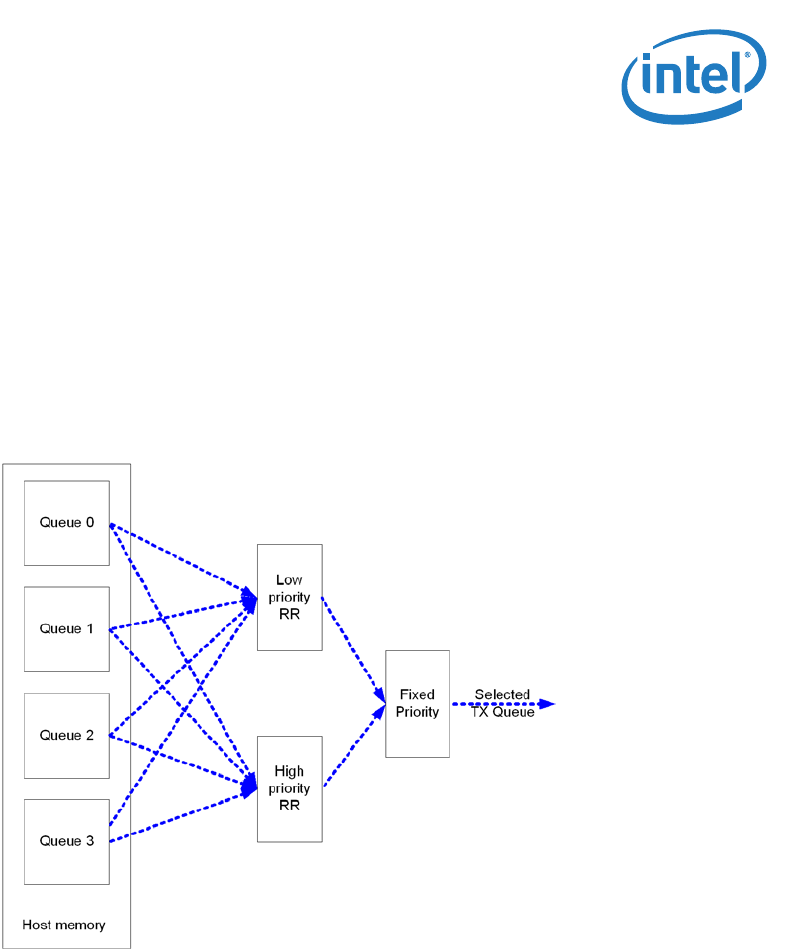
Tx Completions Head Write-Back — Intel
®
82575EB Gigabit Ethernet Controller
324632-003 Intel
®
82575EB Gigabit Ethernet Controller
Revision: 2.1 Software Developer’s Manual and EEPROM Guide
January 2011 161
• Round robin arbitration is performed among the LP queues.
Note: In order to prevent starvation, HP queues should not be used for TSO requests. Software
must enforce this; it is not enforced by the 82575.
Software should also change the priority bit only when a queue is empty and it is guaranteed that the
82575 is not engaged in fetching Tx packets for the given queue.
The following scheme avoids excessive latency of transmit packets queued simultaneously with TSO
packets. TSO packets take tens of s (or more) to transmit. A packet queued behind several TSO
packets would suffer from an additional latency of tens to hundreds of s. This is unacceptable in some
applications where low latency is a requirement.
Figure 19. Multiple Queues in Transmit
5.12 Tx Completions Head Write-Back
In legacy hardware, transmit requests are completed by writing the DD bit to the transmit descriptor
ring. This causes cache thrash since both the software device driver and hardware are writing to the
descriptor ring in host memory. Instead of writing the DD bits to signal that a transmit request is
complete, hardware writes the contents of the descriptor queue head to host memory. The software
device driver reads that memory location to determine which transmit requests are complete. In order
to improve the performance of this feature, the software device driver needs to program DCA registers
to configure which CPU will process each TX queue.
The head counter is reflected in a memory location that is allocated by software for each queue.



